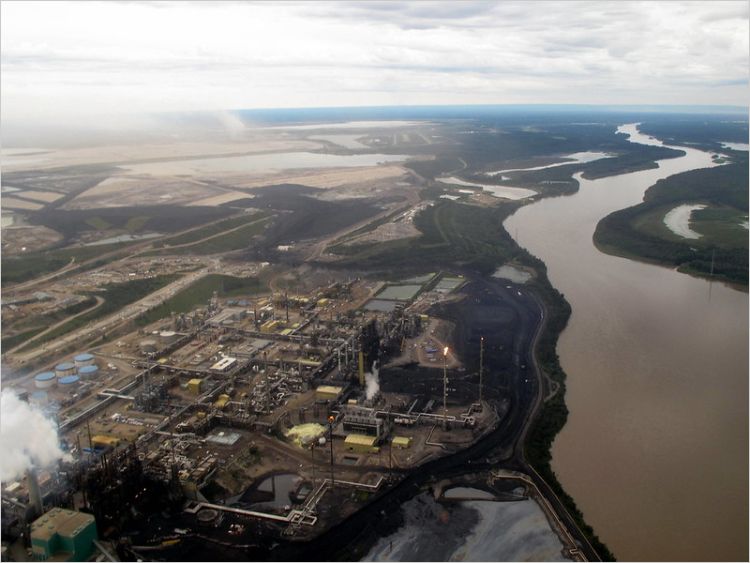
Photo, Pembina Institute
Last month at COP 28, 198 countries and coalitions agreed that the world must transition away from fossil fuels, and that taking action this decade is critical for getting the world on a net-zero aligned trajectory. This agreement marks a turning point in international negotiations, which have previously struggled to find consensus on the role of fossil fuels in the energy transition, and highlights that ambitious, rigorous emissions reduction policies are needed immediately from all levels of government.
In April 2023, the Alberta government released the Emissions Reduction and Energy Development Plan (ERED). The plan outlines the course of action the province will take to cut emissions and achieve aspirations of a carbon-neutral economy by 2050 while increasing economic development and investment in new technologies.
Most of the emissions reduction initiatives and targets discussed in the ERED Plan were previously announced or implemented with deadlines fast approaching. Absolute emissions from Alberta’s oil and gas sector reached 144.7 Mt CO2e in 2021, close to returning to pre-pandemic levels with a slightly lower emissions intensity, indicating Alberta’s recent progress on methane emissions reduction has made an impact. But emissions from the sector remain high, and are not aligned with Alberta’s goals of carbon neutrality by 2050. What’s needed now are forward-looking measures that could meaningfully bend the curve on emissions to 2030 and beyond. Unfortunately, there have been very few measures like that announced by the Alberta government.
At COP28, 29 major oil and gas companies (including ExxonMobil, BP, and Shell) signed the Oil and Gas Decarbonization Charter which outlines targets of net-zero scope 1 & 2 emissions by 2050, with an immediate focus on minimizing upstream methane emissions and eliminating routine flaring by 2030.
This signals that a major segment of the global oil and gas sector is beginning to acknowledge a need to be competitive on emissions as well as cost, especially as demand for fossil fuels declines globally. As our recent analysis finds, Alberta’s oil is both costlier and more emissions-intensive compared to global averages and is therefore poised to be less competitive than resources that have lower costs and emissions. Key policies and regulations must be put in place—both to address Alberta’s largest source of emissions, and so that those Albertan facilities that are best-placed to reduce costs and emissions can keep pace with the international marketplace.
With the one-year anniversary of the ERED looming large, it is now time to set the next round of targets and policies that can achieve meaningful emissions reductions to 2030 and beyond. Early establishment of emissions targets, and regulations to support those targets, provides certainty for industry and encourages the investment needed to reach the net zero aspirations of the ERED.
See more of our analysis on Alberta’s Emissions Reduction and Energy Development Plan in our backgrounder.
Matt Dreis is a senior analyst with the Pembina Institute's oil and gas program. He is based in Calgary.



